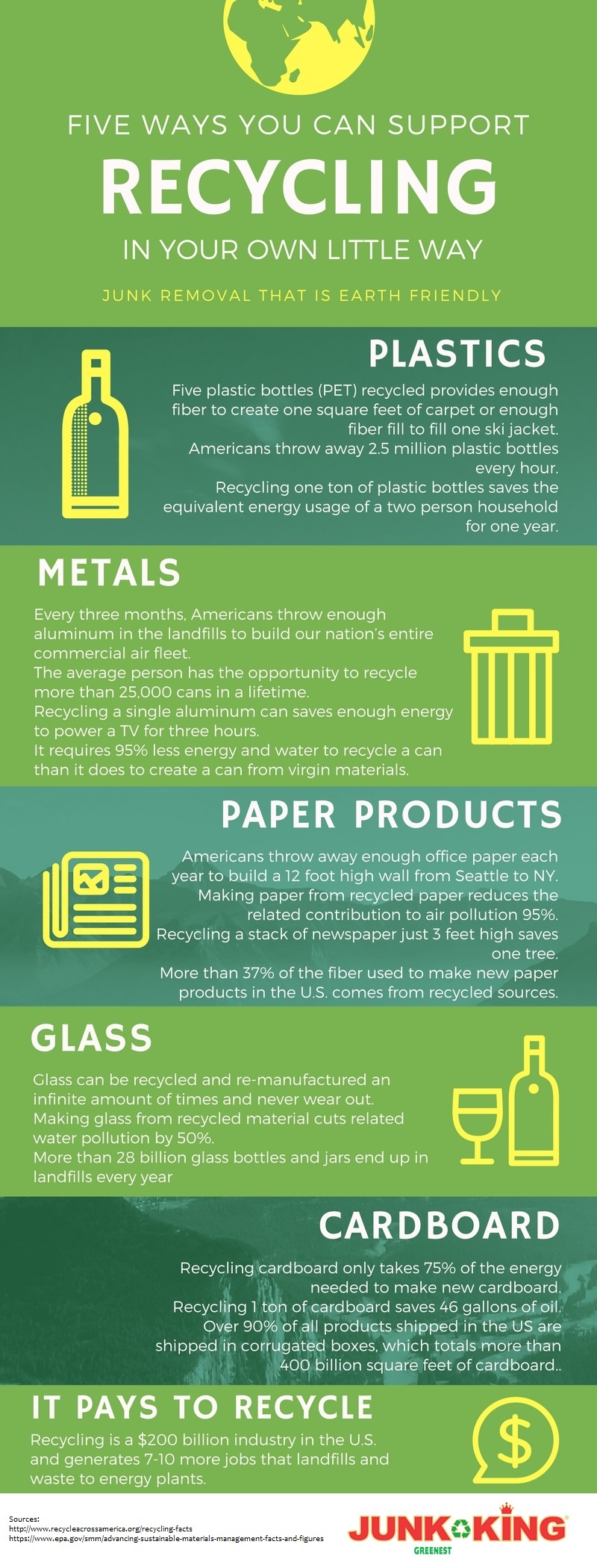A Full Guide To Identifying The Perfect Dumpster Dimension For Your Task
A Full Guide To Identifying The Perfect Dumpster Dimension For Your Task
Blog Article
Write-Up Created By-Romero Duckworth
When starting a project that calls for a dumpster, the dimension you select can considerably affect its performance and cost-effectiveness. Think of having the excellent container that suits all your waste without being excessively huge or also small. All of it beginnings with understanding the subtleties of your task and picking a dumpster dimension that aligns with your certain needs. So, prior to you make a decision, consider the elements at play to make sure a smooth waste monitoring procedure from start to finish.
Aspects to Think about
When choosing the appropriate dumpster size, there are numerous key variables to consider.
First, consider the type of waste you'll be getting rid of. Different products might need differing quantities of room, so comprehending what you'll be placing in the dumpster is crucial.
Next, examine the quantity of waste you anticipate to generate. If websites underestimate the quantity, you might require to make numerous journeys to dispose of every little thing, which can be troublesome and costly. On the other hand, renting out a dumpster that's also large can bring about unnecessary costs.
Additionally, consider the area where the dumpster will certainly be positioned. Make certain there's enough room for the dumpster to be provided and grabbed without any blockages.
Lastly, consider any kind of weight restrictions that may apply. Going beyond the weight restriction can result in extra costs and even the refusal of service.
Dumpster Dimension Options
For picking the ideal dumpster size, it's important to have a mutual understanding of the readily available choices. Dumpster dimensions typically range from 10 to 40 cubic yards, with variations in between.
A 10-yard dumpster appropriates for small tasks like a garage cleanout or a tiny restoration. If you're tackling a medium-sized task such as a kitchen remodel or a cellar cleanout, a 20-yard dumpster may be the best choice.
For larger tasks like a whole-house improvement or industrial building and construction, a 30 or 40-yard dumpster could be more suitable to accommodate the quantity of waste generated.
When picking a dumpster dimension, think about the quantity and sort of particles you anticipate to take care of. It's much better to choose a slightly larger size if you're not sure to avoid overfilling. Bear in mind, it's even more cost-effective to rent a dumpster that fits your demands as opposed to having to get an extra one.
Matching Dimension to Task
Optimally matching the dumpster size to your project is crucial for reliable waste monitoring. To figure out the appropriate size, take into consideration the scope and nature of your project.
For tiny home cleanouts or improvements, a 10-yard dumpster might be enough. These are normally 12 feet long and can hold about 4 pickup truck loads of waste.
For Click In this article like redesigning several spaces or cleaning out a big estate, a 20-yard dumpster may be better. These are around 22 feet long and can hold roughly 8 pickup loads.
If you're dealing with a significant building and construction project or commercial restoration, a 30-yard dumpster could be the most effective fit. These dumpsters have to do with 22 feet long and can accommodate regarding 12 pickup truck lots of particles.
Matching the dumpster dimension to your job guarantees you have adequate space for all waste products without overpaying for unused capability.
Final thought
To conclude, picking the right dumpster dimension for your task is vital for reliable waste disposal. By thinking about elements like the type and amount of waste, area schedule, weight constraints, and spending plan constraints, you can guarantee you have the proper size dumpster for your requirements. Ensure to match the size of the dumpster to the scope and nature of your job to prevent overspending on unneeded expenditures.
